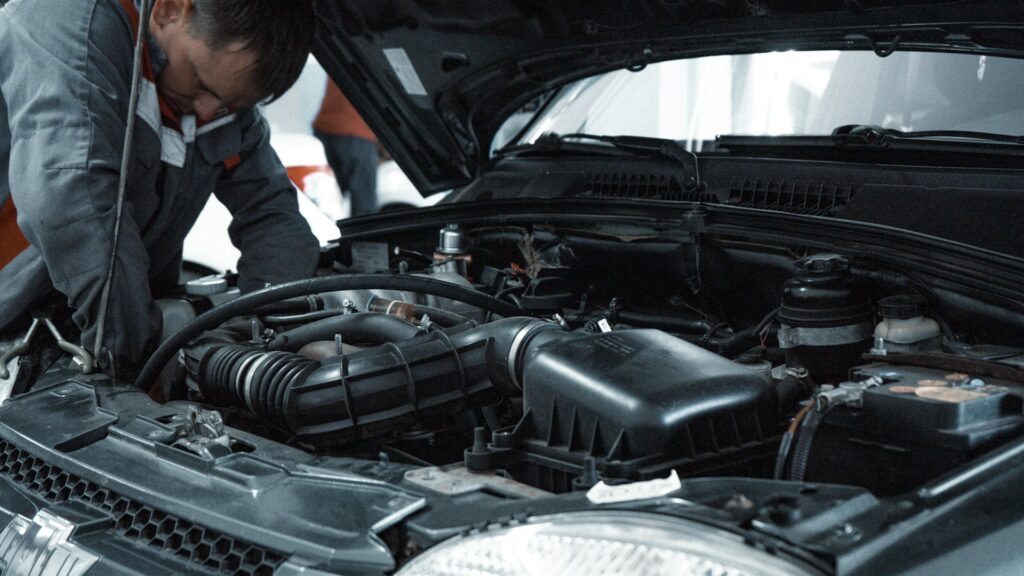Buying a used car can feel like a thrilling adventure finding the perfect model at the right price is exciting. But without a proper inspection, that excitement can quickly turn into regret. Skipping a thorough check could leave you with costly mechanical problems, hidden damage, or even a vehicle with a questionable history.
That’s why taking the time to carefully inspect a used car before buying is essential. A comprehensive pre-purchase check not only helps you avoid financial pitfalls but also ensures you’re making a safe and smart investment. In this guide, we’ve put together a complete checklist covering everything from verifying documentation and inspecting the exterior and interior, to assessing the engine, suspension, and taking a test drive. By following this step-by-step guide, you can confidently choose a used car that’s truly worth your money.
Documentation Check
Before even stepping near the car, reviewing its documentation is crucial. Start with the vehicle title and registration to ensure the seller is the legitimate owner and that there are no liens or legal issues. Next, request the service and maintenance history, which can reveal how well the car has been cared for and highlight potential recurring problems. Understanding the car’s ownership and accident history is equally important multiple owners or prior accidents may affect both the vehicle’s reliability and resale value. Finally, verify the VIN (Vehicle Identification Number) and check for any manufacturer recalls, giving you a clearer picture of the car’s past and safety status.
Exterior Inspection
A thorough exterior inspection can reveal signs of neglect or hidden damage. Look carefully for body damage, dents, and scratches, and check the paint consistency for signs of repainting, which may indicate past repairs. Rust and corrosion, particularly around wheel arches and underbody panels, can be a serious concern, affecting both durability and safety. Examine tires for uneven wear, which might hint at alignment issues. Don’t forget to inspect all lights, mirrors, and windows, ensuring they are intact and functioning properly.
Interior Inspection
The interior offers insights into how the previous owner treated the car. Check seats, upholstery, and carpets for excessive wear or stains. Test seat adjustments and seatbelts to make sure they operate smoothly. Inspect the dashboard, controls, and infotainment system, including features like the stereo, navigation, and warning lights. Finally, test the air conditioning, heating, and other electronics, as repairs in this area can become costly.
Engine and Mechanical Check
The engine is the heart of the car, so a careful inspection is essential. Check oil, coolant, and transmission fluid levels, looking for unusual colors or contamination. Inspect for leaks, cracks, or corrosion, especially around seals and hoses. Ensure belts, hoses, and the battery are in good condition. Listen to the engine while running for unusual noises, which could indicate internal problems.
Underbody and Suspension Check
Don’t forget the undercarriage. Inspect shocks, struts, and suspension components for wear or damage. Look for rust, leaks, or structural issues beneath the car, which can signal expensive future repairs. Also, examine the exhaust system for corrosion or damage that might compromise performance or emissions.
Test Drive
A test drive is your chance to experience the car firsthand. Observe engine performance and acceleration, ensuring the car responds smoothly. Test the brakes, steering, and handling for responsiveness and stability. Pay attention to vibrations, pulling, or unusual noises, which could indicate mechanical issues. Check cruise control, gears, and transmission for proper operation.
Professional Inspection
Even if you feel confident, hiring a certified mechanic can provide peace of mind. A professional inspection can uncover hidden issues that aren’t obvious to the untrained eye. This step is particularly recommended for higher-value vehicles or if the car’s history is unclear.
Price Evaluation and Negotiation
After completing inspections, compare the car’s condition with market value. Factor in potential repair costs uncovered during checks. Use your findings as leverage to negotiate a fair price sellers are more likely to adjust pricing when issues are clearly documented.
Final Tips Before Buying
Trust your instincts; if something feels off, walk away. Avoid rush decisions, as pressure can lead to mistakes. Before finalizing the purchase, verify all paperwork and ownership details one last time to prevent legal or financial complications.
Conclusion
Buying a used car doesn’t have to be risky. By following a complete checklist, from documentation and inspections to test drives and professional evaluations, you can make an informed decision. Take your time, be thorough, and you’ll drive away with a vehicle that’s safe, reliable, and worth every dollar.
